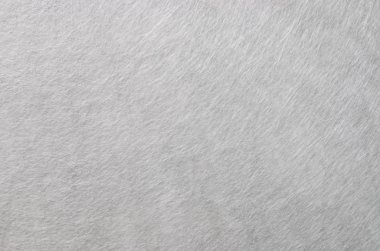As detailed by Textile Learner in their article “Textiles in Filtration: Industrial Standards and Application for Dust Collection Systems,” textile filter media play a crucial role in numerous industrial processes, ensuring product purity, energy savings, and efficiency improvements. These media are essential for recovering precious materials and enhancing pollution control. The performance of textile filters is vital, as fabric failure can lead to significant losses, including maintenance costs, production downtime, and environmental penalties.
Textile filter media are used across various industries, impacting everyday products like sugar, flour, oils, fats, margarine, beer, spirits, dyestuffs, pigments, and more. They also contribute to environmental cleanliness by purifying industrial and domestic effluents. The article discusses common solid–gas (dust collection) and solid–liquid filtration mechanisms, the raw materials and polymers used, different fabric constructions, and typical finishing processes.
In the dust collection section, the article highlights the challenges posed by gas-borne dust particles, which arise during operations such as conveyor handling, smelting, pulverizing, and milling. These particles, which range from 0.1 to 25mm, can cause environmental pollution and control issues due to their toxicity, flammability, and explosive potential. Effective dust collection methods include settling chambers, cyclones, granulate filters, electrostatic precipitators, and fabric collectors, with fabric collectors being the most efficient and versatile, especially for very fine particles.
The theory and principles of dust collection are explained through various mechanisms like gravitational, impaction, interception, diffusion (Brownian motion), and electrostatic effects on particles by unused filter media.
Click here to learn more about Great Lakes Filters products.
Article with all rights reserved, courtesy of textilelearner.net
Photo with all rights reserved, courtesy of depositphotos.com










